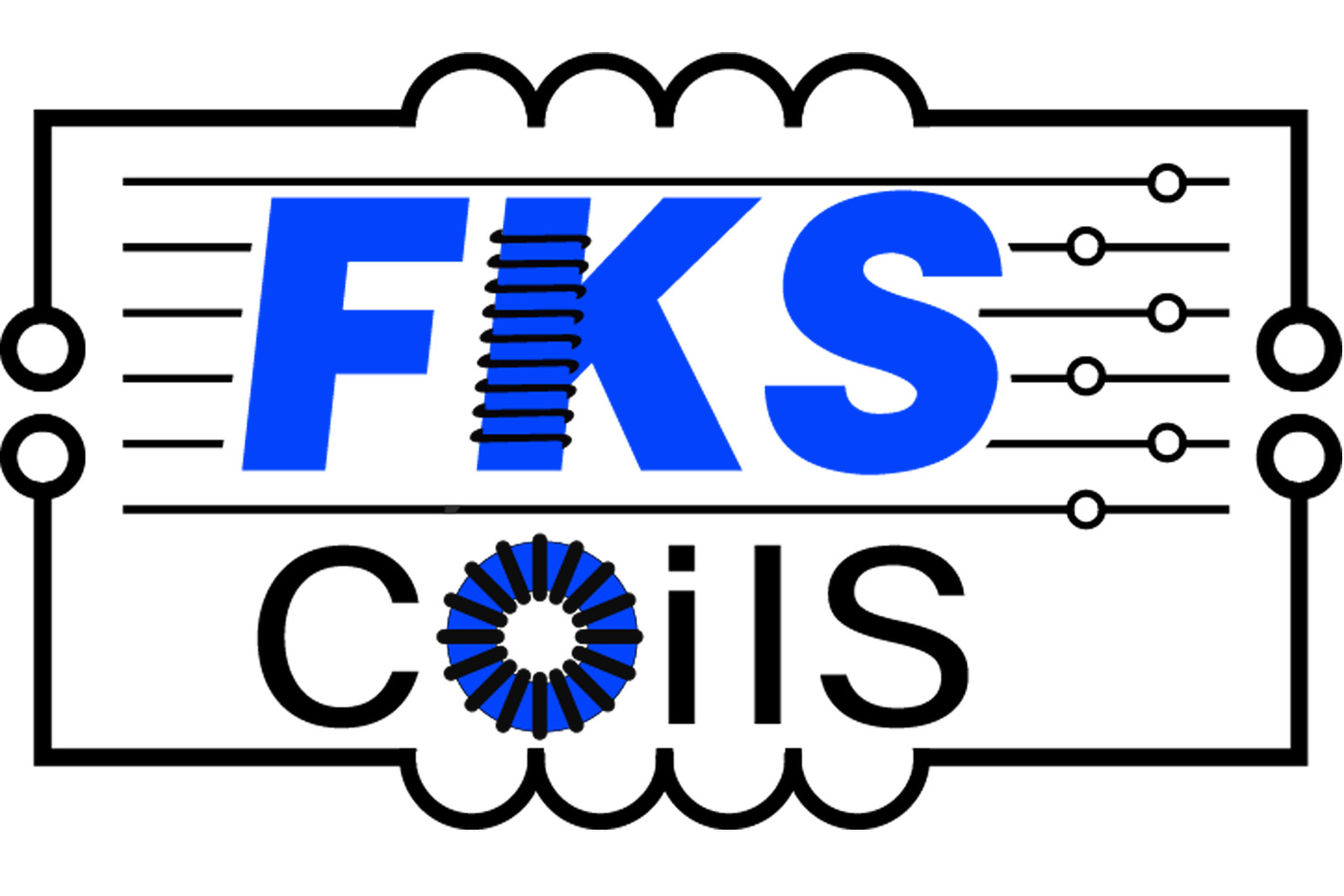An inductor, also called a coil, choke, or reactor, is a passive two terminal electrical component that stores energy in a magnetic field when electric current flows through it.
An inductor typically consists of an insulated wire wound into a coil.
It’s incredibly easy to make one — just make some loops with a wire. But because wires create magnetic fields, you’ll soon see that it can do some interesting stuff.

The Inductor in a Circuit
the first important question is: What does the inductor do in a circuit?
An inductor will resist changes in current.
In the circuit below, you have an LED and a resistor in series with an inductor. And there’s a switch to turn the power on and off.

Without the inductor, this would just be a normal LED circuit and the LED would turn on right away when you flip the switch.
But the inductor is a component that resists changes in current.
When the switch is off, there is no current flowing. When you flip the switch on, current starts flowing. That means there is a change in current which the inductor will resist.
So instead of the current going from zero to maximum right away, it will gradually increase up to its maximum current.
(The maximum current for this circuit is set by the resistor and the LED.)
Since the current decides the light-intensity of the LED, the inductor makes the LED fade in instead of turning on instantly.







